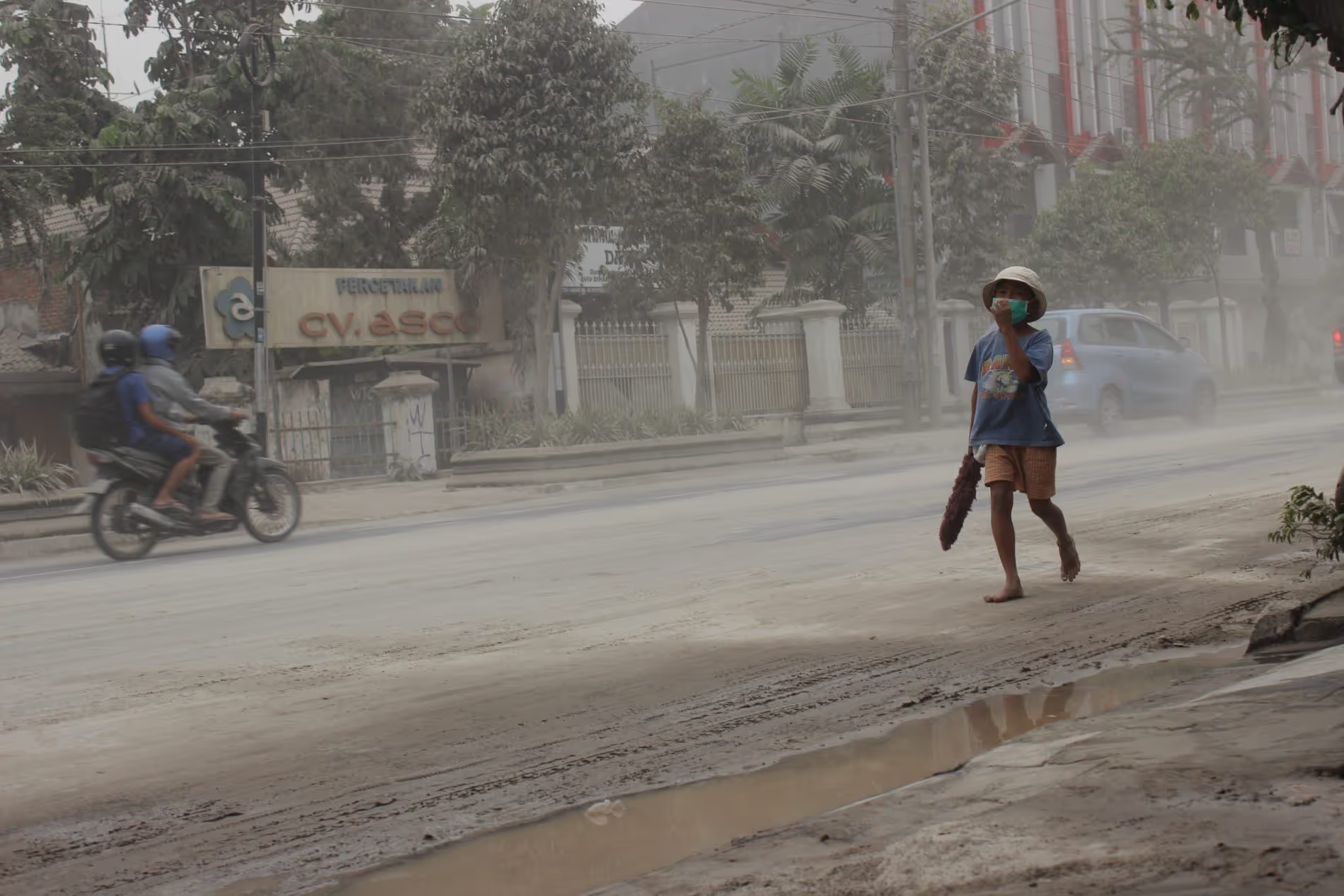Health Interventions in Volcanic Eruptions - Community Wearability Assessment of Respiratory Protection against Volcanic Ash from Mt Sinabung, Indonesia

Inhalation of ash can be of great concern for affected communities, during and after volcanic eruptions. Governmental and humanitarian agencies recommend and distribute a variety of respiratory protection, commonly surgical masks but, also, industry-certified N95-style masks. However, there is currently no evidence on how wearable they are within affected populations or how protective wearers perceive them being against volcanic ash (which will influence the likelihood of uptake of recommended interventions).
Volunteers living near Mt. Sinabung, Sumatra, Indonesia, participated in a field wearability study. They tested four types of masks to improve fit. After wearing all of the masks, volunteers compared and identified their preferred type of protection. The feedback received from the volunteers suggested that the Surgical Plus and N95-equiv. masks were rated as being significantly hotter and more humid than other masks.
The study findings are of benefit to agencies who need to make informed decisions on the procurement and distribution of respiratory protection for use by those affected in future eruptions and the provision of advice to communities on their usage.